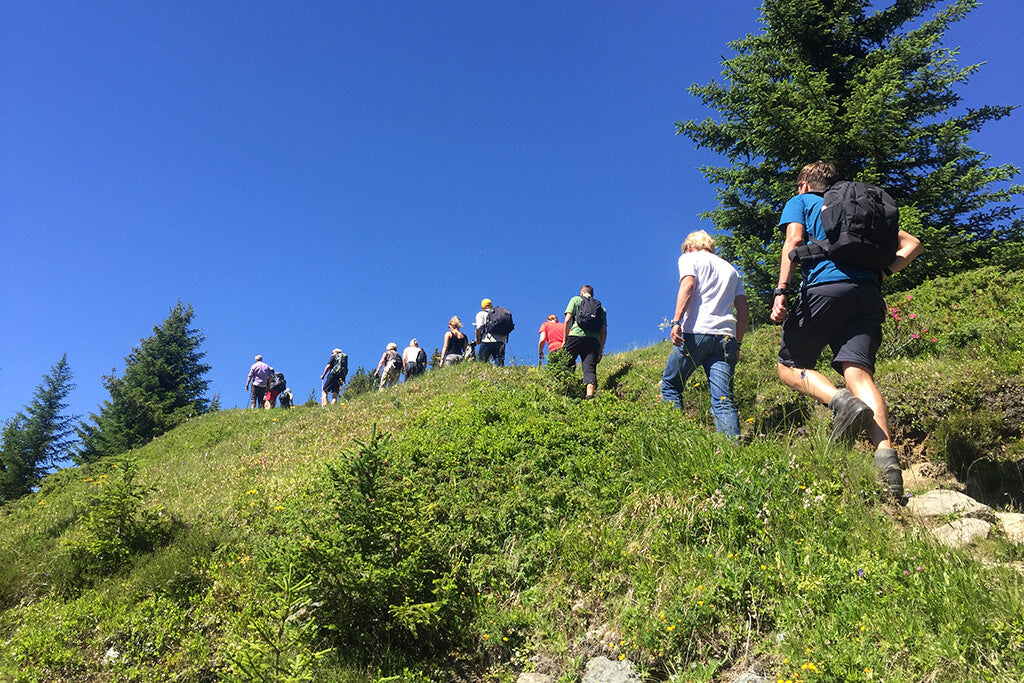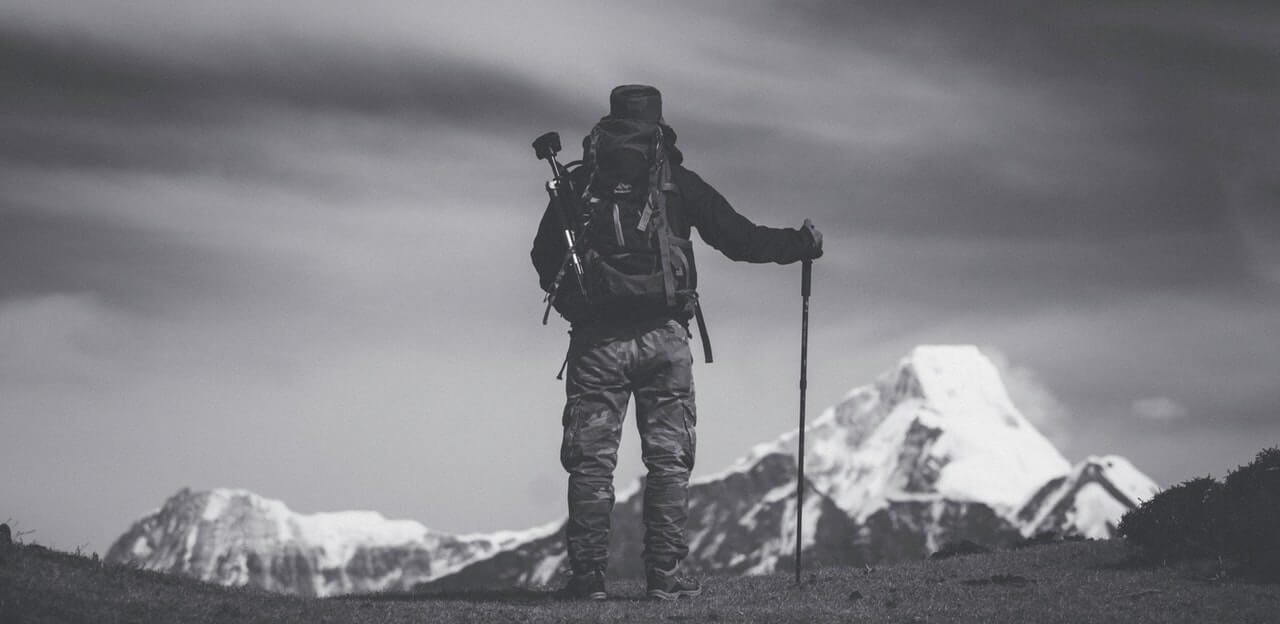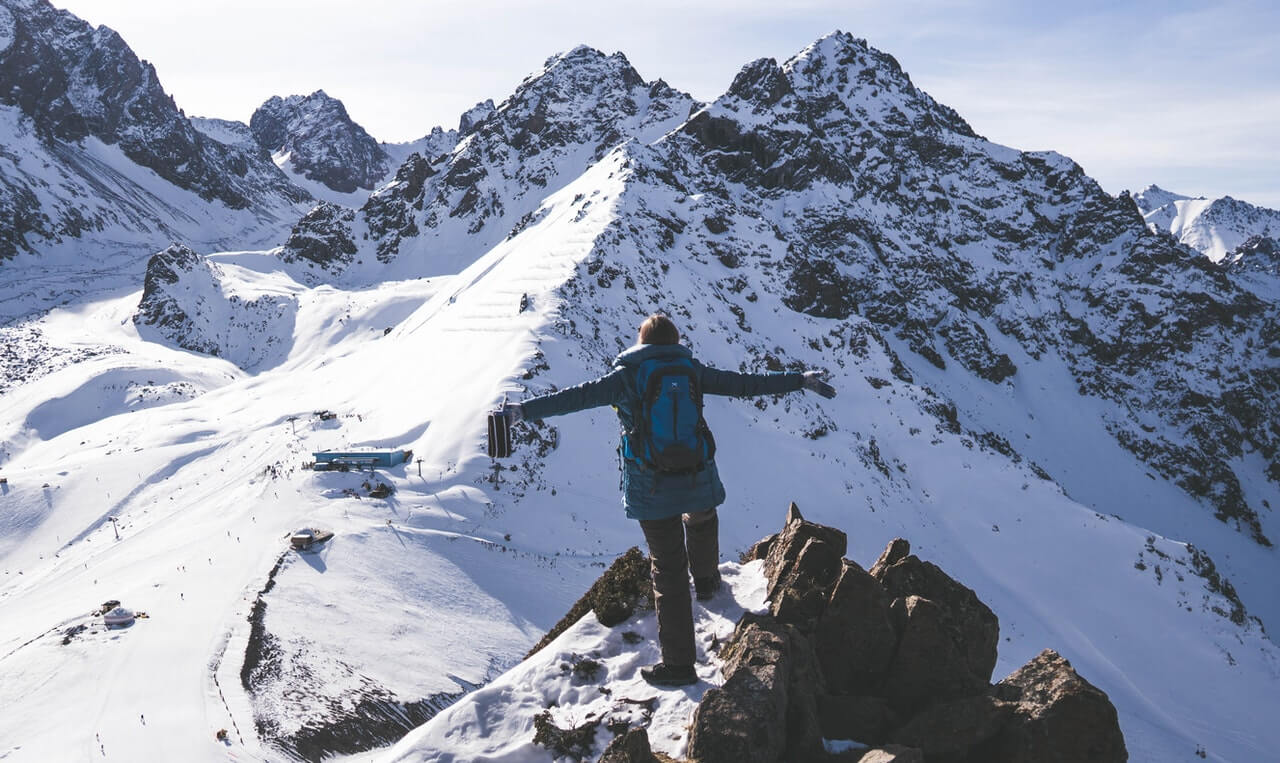Hiking in the mountains actually looks quite simple. After all, you learn how to walk as a child. Just put one foot in front of the other and eventually you'll reach the top. That's how it is, of course, but it certainly can't hurt to still follow some basic techniques when hiking. Here has 5 important tips to improve your hiking technique.
Small steps and a steady rhythm
Both at the beginning and in the course of the hike, it is important to find your own relaxed rhythm and to take small steps. If you start off at the beginning, you'll be out of breath too quickly and may give up halfway through. Also, many hikers make the mistake of taking too big steps. This is mainly due to the fact that they usually walk on level terrain and are therefore not used to the slope. As a result, exhaustion sets in more quickly and a stable heartbeat does not develop in a steady walking rhythm. Therefore, it is advisable to start a little slower and adjust the pace after 20 minutes, if your condition allows it. It is also important not to make hectic movements with the arms, but to move thoughtfully.

Keeping your own center of gravity above your feet
This tip is also particularly important for hikers: keeping your own center of gravity above your feet. Many hikers tend to lean forward when climbing a mountain, which puts their body's center of gravity in front of their feet. This is an extra effort and is also not good for balance. It is best (just like skiers) to lean a bit toward the valley. This allows hikers to stand firmly in their shoes and balance is better. Because the weight is on the entire soles, hikers are also less likely to slip.
Manage your strength
If the choice is between a longer but flatter route or a shorter but steeper climb, hikers should always opt for the flat option to save energy. Also, hikers should not hope that they will be able to overcome just this small steep section and then it will continue flat. Often it is so that it goes on afterwards also steeply. Therefore, the choice of the route should be well considered, because the shortest way is not always the easiest. Hikers should also plan a break about every 2 hours to eat and drink something. For the body, a break of 2 minutes is most effective, but of course hikers also like to enjoy the view of the mountains. Therefore, 20 minutes is perfect for a break. However, hikers should make sure that they do not cool down too much.
Calm and controlled down the mountain
Before heading back down the mountain, hikers should re-lace their hiking boots tightly. It is important to press the heel firmly into the shoe and distribute the weight over the entire shoe. Further, it is useful to take small steps and walk in a controlled manner when descending. This means always checking first that the foot is securely in place before putting the entire weight on it. In addition, the foot should be rolled normally over the toes when setting down. Many hikers make the mistake of touching down with the heel of their leg extended. However, this is harmful to the knees and hips.
Good and sturdy hiking shoes
The basis for any good hiking technique is a pair of solid hiking shoes with a strong tread sole. Depending on the terrain where hikers are traveling, hiking shoes with a treaded sole provide a better grip. Just quickly up the mountain in sneakers with a plastic sole? No way.


